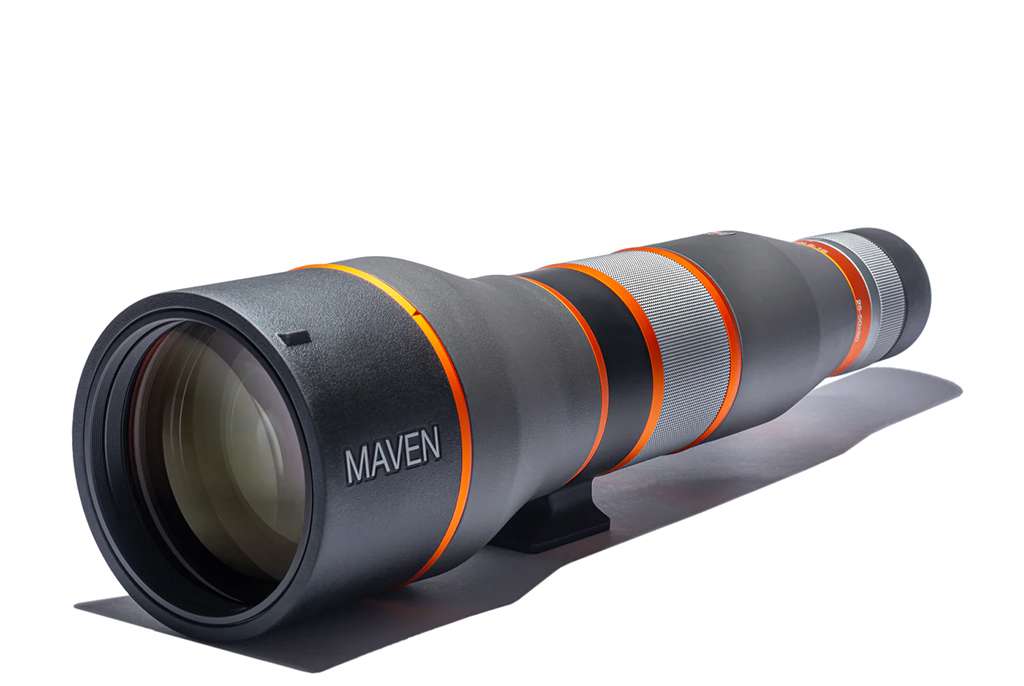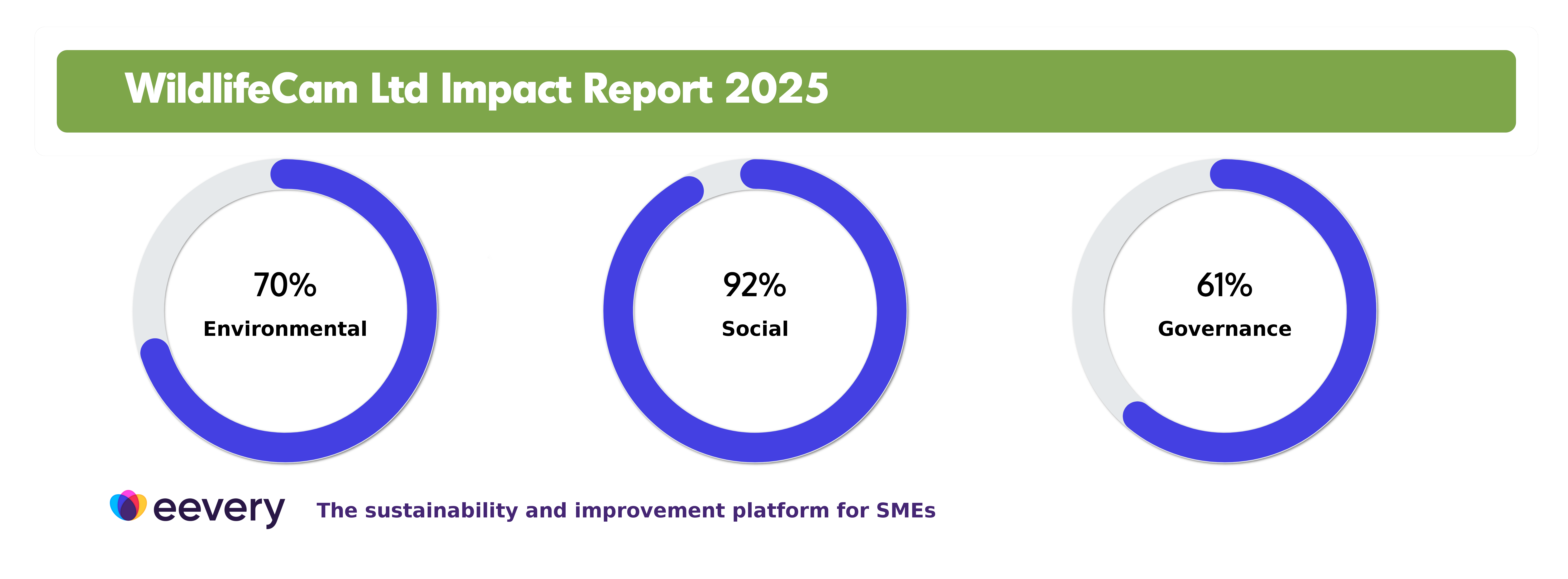Spotting scopes are useful for all kinds of daytime wildlife observation, particularly birding. They provide high-quality magnification and extremely reliable range, giving them an advantage over tools such as binoculars. With a good quality spotting scope, you’ll be able to identify bird species from their plumage, even as they fly overhead, thanks to the detail this magnification offers.
Choosing a spotting scope can be a challenge when you don’t know what to look for. In this guide, we spell out all of the jargon and explain how each feature works, so you can make a confident and informed decision.
The goal of choosing a spotting scope for birding is to get the best possible image. For that, you’ll need a high-quality lens and a large aperture size.
The objective lens (also called the effective lens) is the lens furthest from your eye, where light enters the scope. With objective lenses, size is everything: the bigger the better. This is because a large-diameter lens will catch more light, giving you greater focus.
Choose as big a lens as your budget allows, but consider the weight as well. A bigger lens will mean a bigger and heavier spotter overall.
Aim for around 60mm-100mm for a good objective lens size for birdwatching.
The Zeiss Victory Harpia 95 has an objective lens of 95mm.
The objective lens should be made from high-quality glass for the best possible image.
The Maven CS.1 model is made with high-quality glass in a lightweight frame.
It is a good idea to choose coated lenses. Coatings are used for various purposes, such as preventing oil or condensation build-up, and some also have an impact on the image quality more directly. It is common for scopes to have more than one lens coating.
Zeiss spotting scopes have a patented Zeiss T* Lens Coating to provide high-contrast images in adverse light conditions.
Spotting Scopes come in two main types: Angled and Straight. While a straight scope follows the line of your eye, an angled scope uses a mirror to reflect the light around the bend.
Benefits of an Angled Scope
Benefits of a Straight Scope


Some manufacturers offer angled and straight versions of the same model, such as the Maven S 25-50x80, so you don’t have to compromise on quality to find the shape you prefer.
The field of view is the angle your camera lens covers on a horizontal plane. A wildlife spotting scope with a wide field of view allows you to scan for animals across an area.
Zooming narrows the field of view, as the area you focus on is smaller despite being the same distance away.
In some specifications, the FOV is given in degrees, illustrating the angle that defines the field, widening as you look further away.
In other specs, FOV is described as “177ft to 60ft at 1000 yards”, meaning that, when focussed on a point 1000 yards away, the scope shows a view that is 177ft across and 60ft high.
Objects too close to a powerful scope will appear blurry because the scopes are configured to view objects that are further afield. However, sometimes birds and other wildlife come surprisingly close, and you would not want to miss out on the details.
The closest focusing distance tells you the minimum distance at which an object can appear in focus.
In most spotting scopes, magnification is controlled by the eyepiece and the length of the scope. Many manufacturers use the same eyepiece on different scopes in their range, with a slight impact on the magnification.
As magnification is a key specification, many scope manufacturers include these details in the product name. The Maven CS.1 A 15-45x65 offers a powerful magnification of 20-60x.
Eye relief is the distance between the scope and the eye required to see clear images. A longer eye relief (about 14mm) is recommended for those wearing glasses.
Sunshade to avoid glare or over-bright light entering your eye, some scopes come with a sunshade
Smartphone or camera mounting adapters to enable photography through the scope
Included extras: some spotting scopes are packaged together with tripods, carry cases, charging cables and more. It is worth reading the specification fully to understand what you are getting.
We highly recommend using a tripod for your spotting scope. While binoculars are easy to stabilise, the magnification of a spotting scope is much more powerful. This means that the slightest shake of the hand when holding the scope will have a drastic impact on what you can see.
A tripod, however, stabilises the scope and allows you to scan the area from a central point. This makes it easier to find landmarks again and again.
Spotting scopes are an extremely popular tool for wildlife observation, particularly among birders.
We hope that this guide to spotting scopes and day scopes has explained the details you’ll find in our specifications. You can refer back to this guide to help weigh up the options when choosing the right spotter for you…
For any further questions about our products or deliveries, Contact Wildlife Cam or Search our FAQs for more support.


WildlifeCam Ltd is a credit broker, not a lender, and is authorised and regulated by the Financial Conduct Authority No 997540
We do not charge for credit broking services, we introduce you exclusively to Klarna
Shop and pay the Klarna way - join 150 million customers and choose flexible payments, lightning-fast checkout and secure shopping at WildlifeCam Ltd.
For more information please click here.